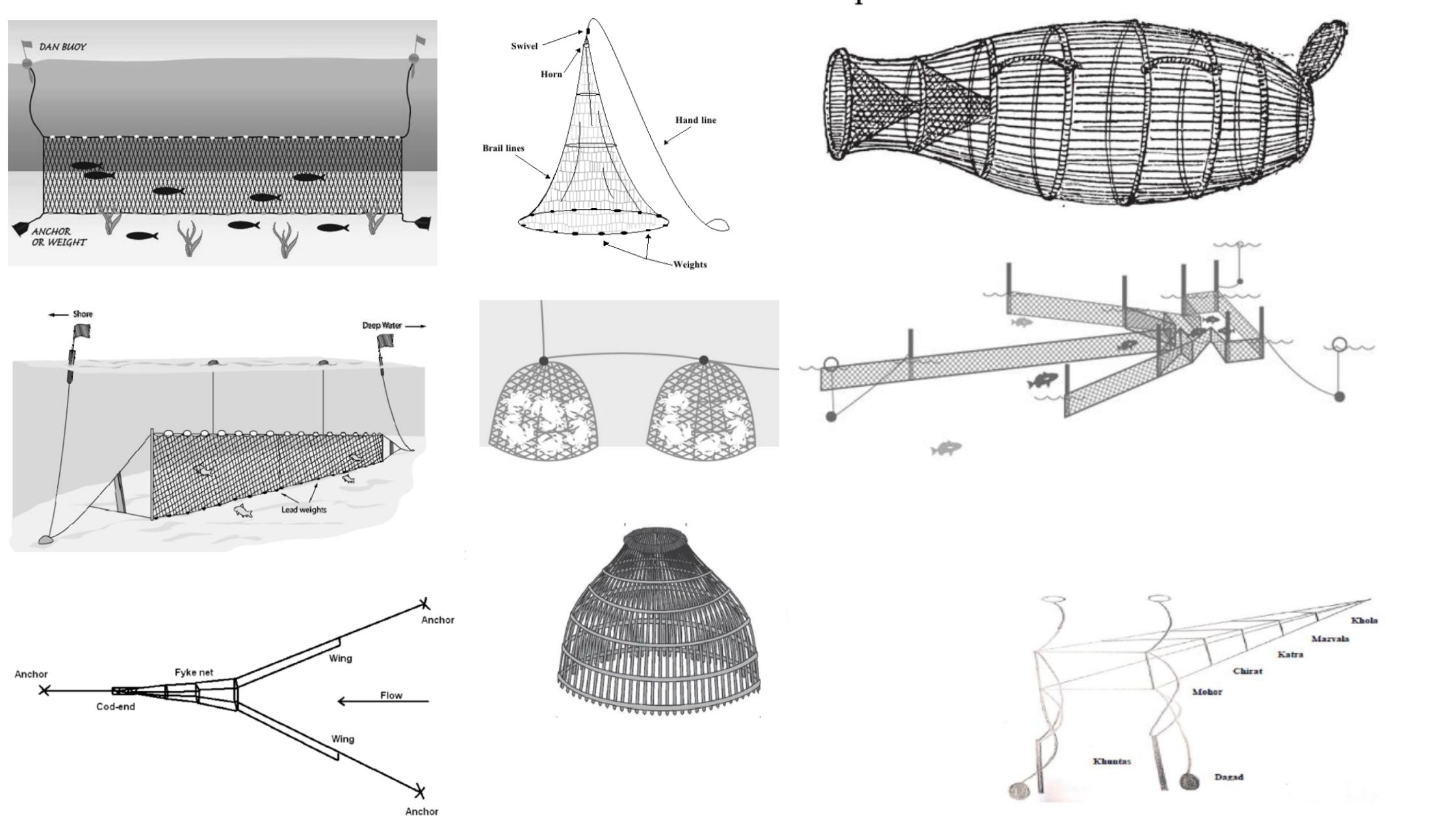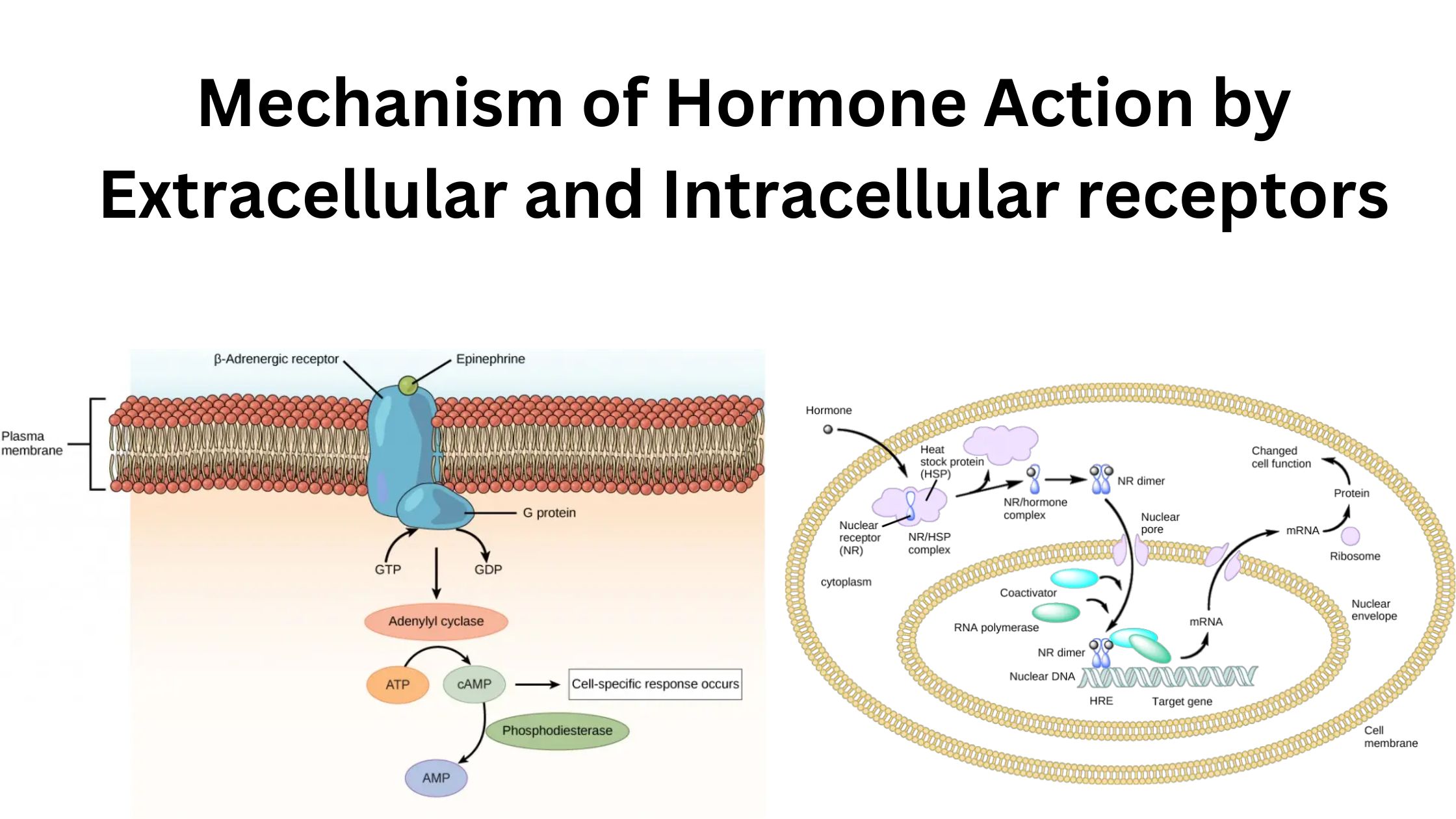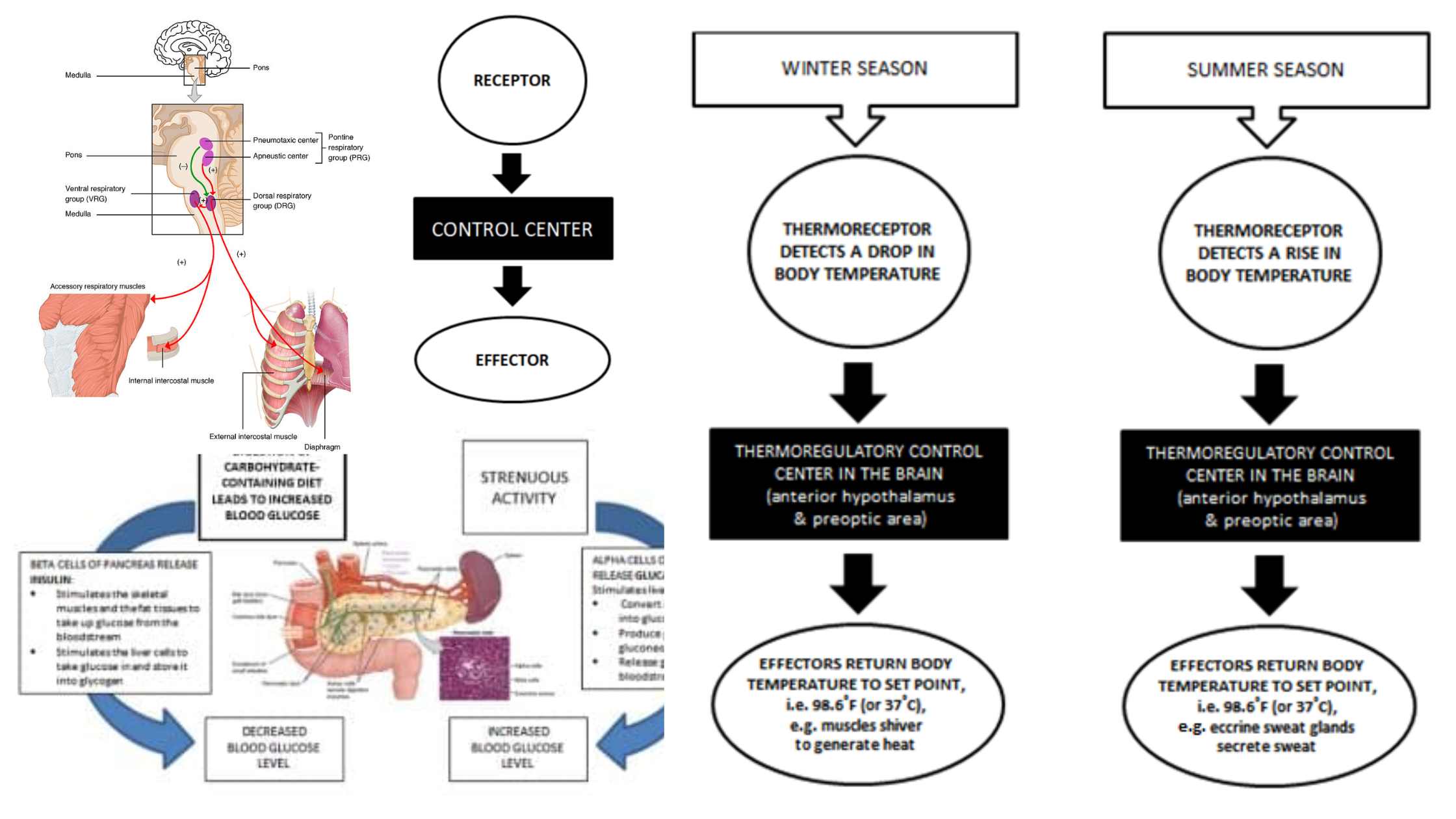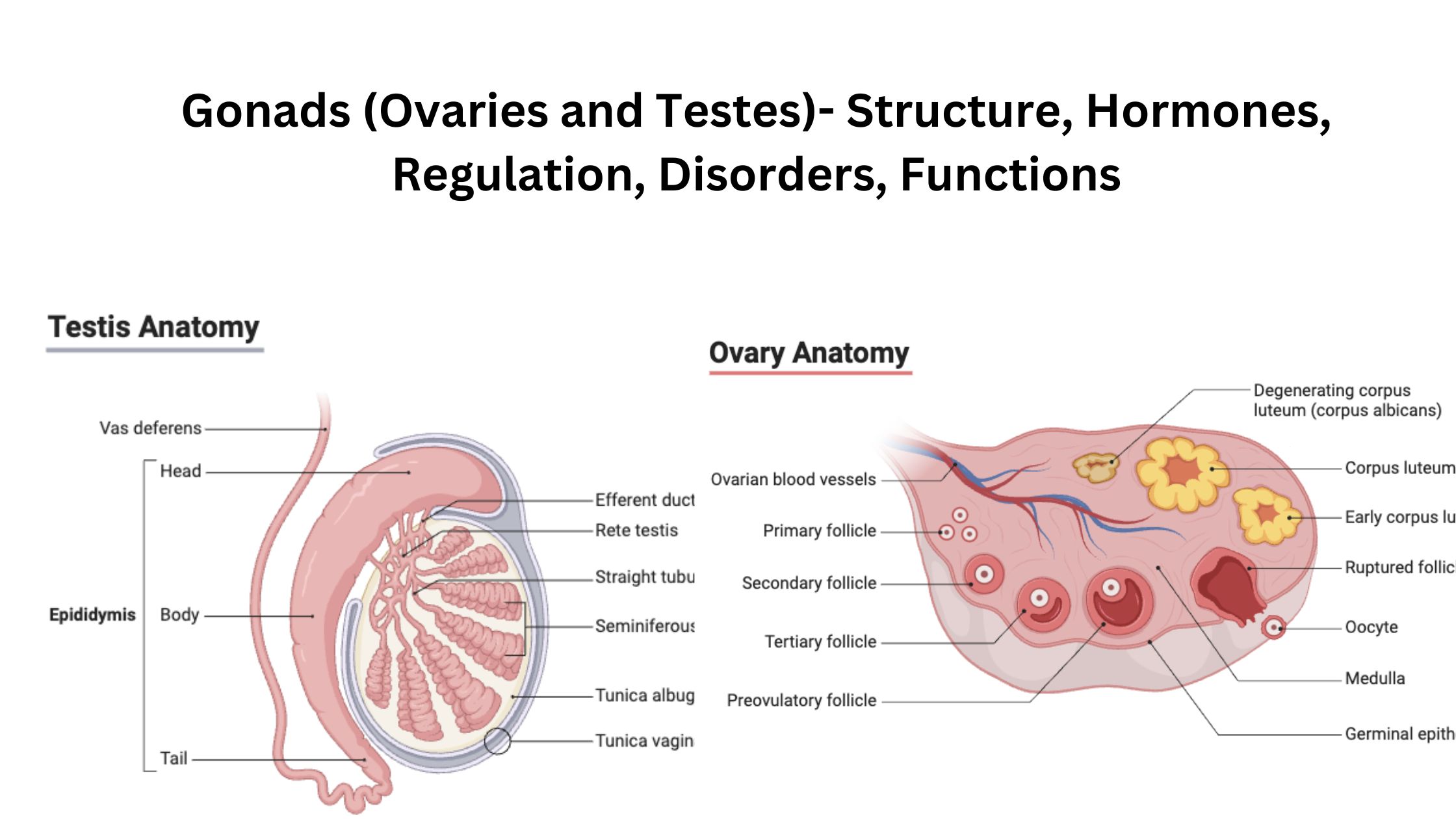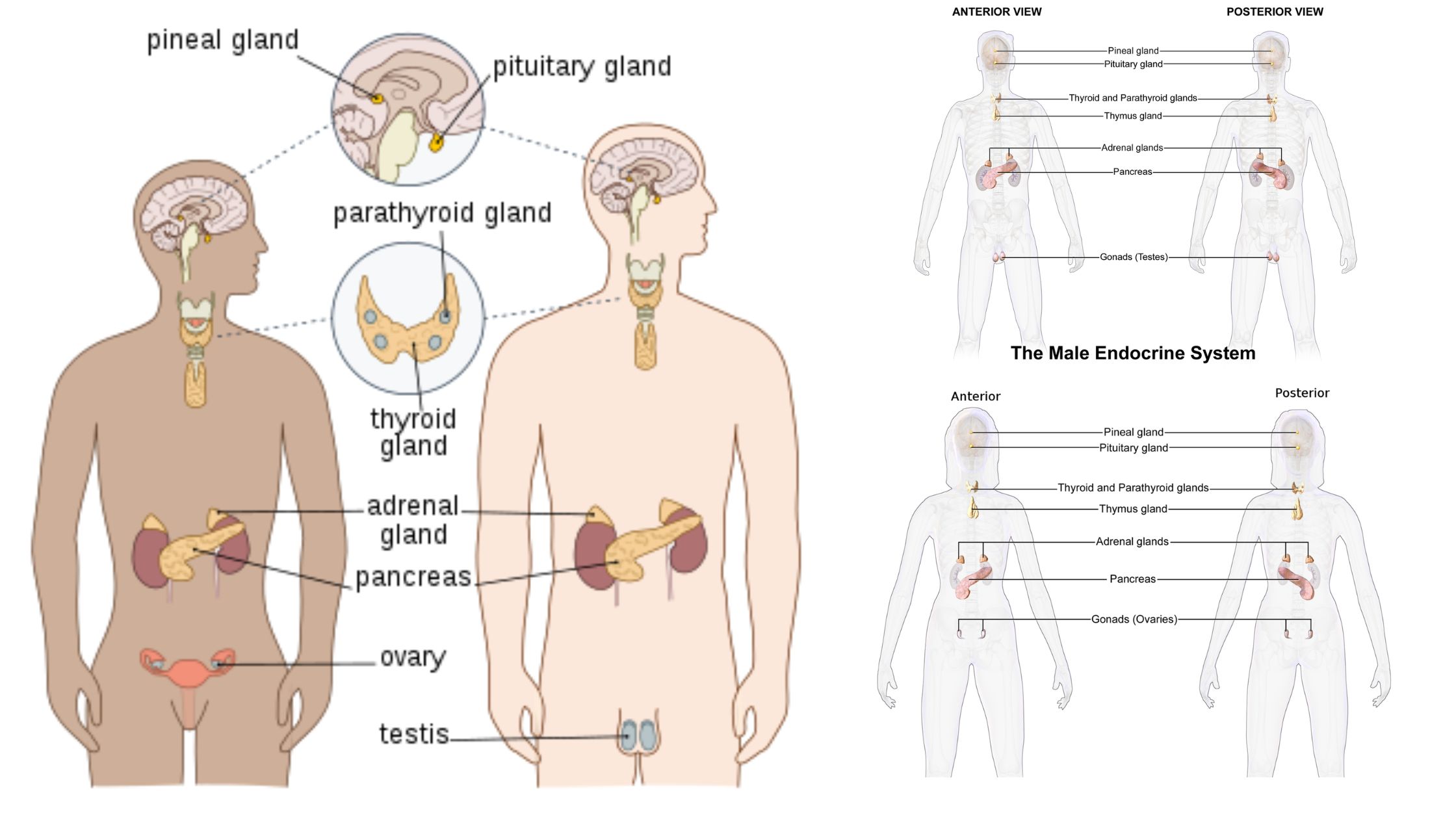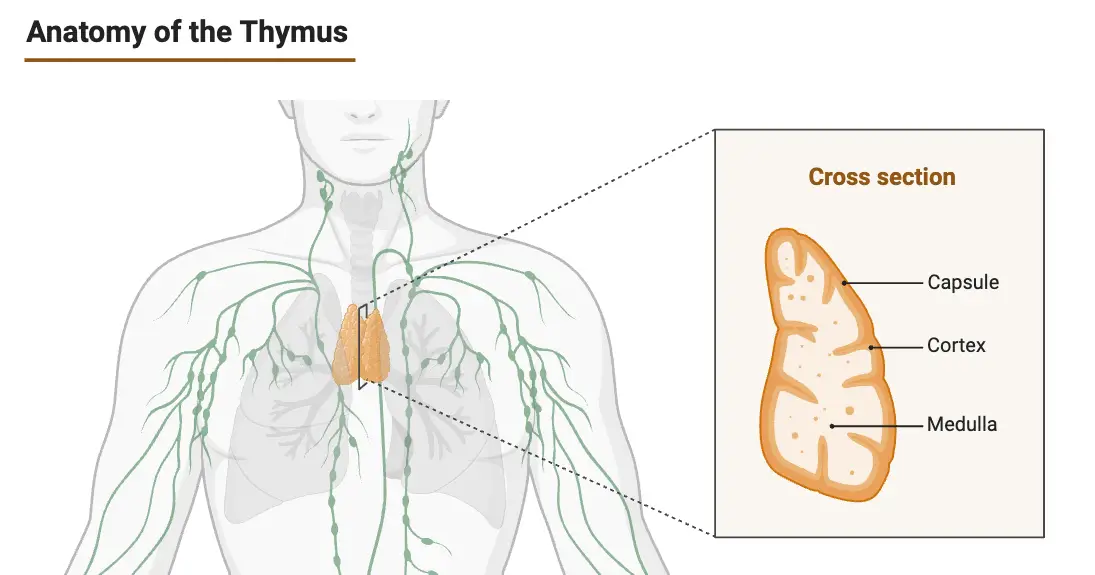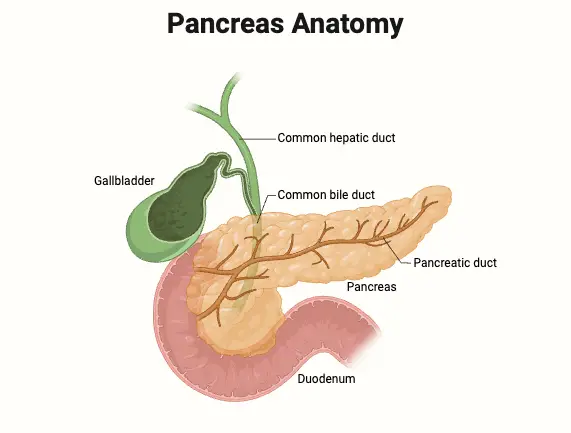Integument And Exoskeleton of Fish – Dermis, Epidermis, Scales, Chromatophores
Fish Integument (Skin) Epidermis And Dermis Epidermis The epidermis is the outermost layer of the skin, derived from the ectoderm, and consists of multiple layers of epithelial cells. These layers vary in thickness depending on the species, age, size, and reproductive stage of the organism. The cells in the epidermis are arranged in specific layers, … Read more

